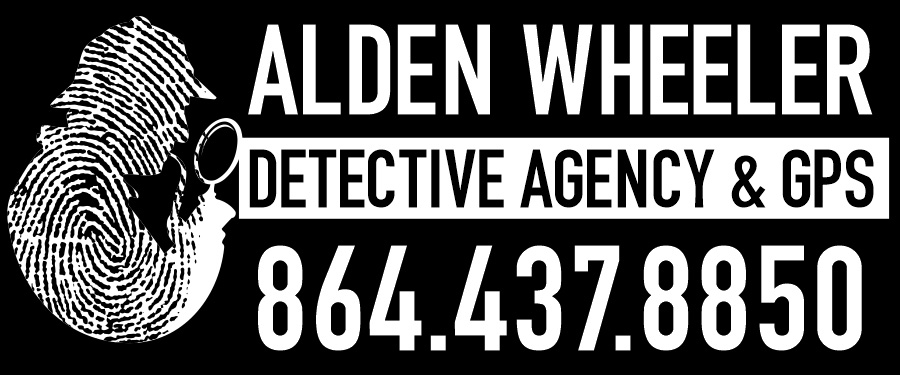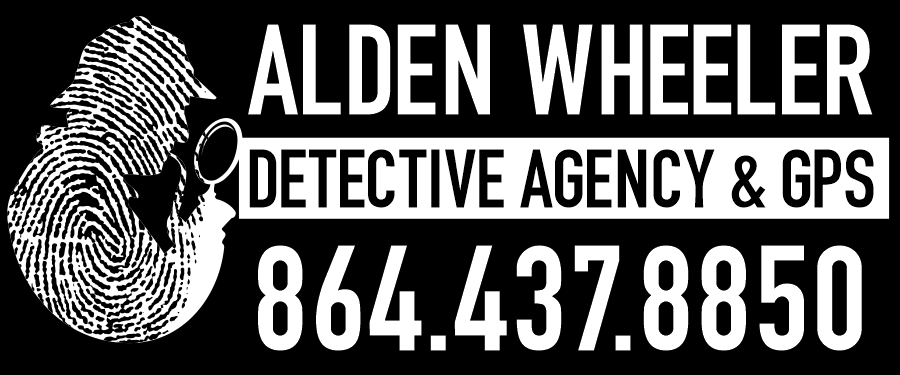Follow Us x
GPS tracking and monitoring is a system that uses the Global Positioning System (GPS) to track the location of an object, person, or vehicle in real-time, providing insights into their movements and location.
Here's a more detailed explanation:
How it works:
- A GPS-enabled device, or tracker, is placed on the object to be monitored.
- The device communicates with GPS satellites and uses these signals to calculate its exact position (latitude and longitude).
- This location data can be relayed in near real-time over a cellular network or recorded for later download.
- GPS tracking software then interprets this data and displays it on a map
Applications:
- Fleet management: Monitoring the location and activity of vehicles, optimizing routes, and improving efficiency.
- Asset tracking: Tracking the location of valuable equipment or goods.
- Personal tracking: Monitoring the location of family members, especially children or elderly individuals, for safety reasons.
- Other uses: Tracking pets, monitoring construction equipment, or even wildlife.
Benefits:
- Real-time location: Knowing where something or someone is at any given time.
- Improved efficiency: Optimizing routes and reducing wasted time and resources.
- Enhanced safety: Ensuring the safety of people and assets.
- Increased security: Monitoring vehicles and assets to prevent theft or loss.
Considerations:
- Privacy: GPS tracking raises privacy concerns, so it's important to be transparent about its use and obtain consent when necessary.
- Security: Ensuring the security of GPS tracking data and protecting it from unauthorized access.
- Data accuracy: GPS tracking data can be affected by factors like satellite signal interference or obstructions, so it's important to consider the accuracy of the data.
Should be installed by Licensed Private Investigator


